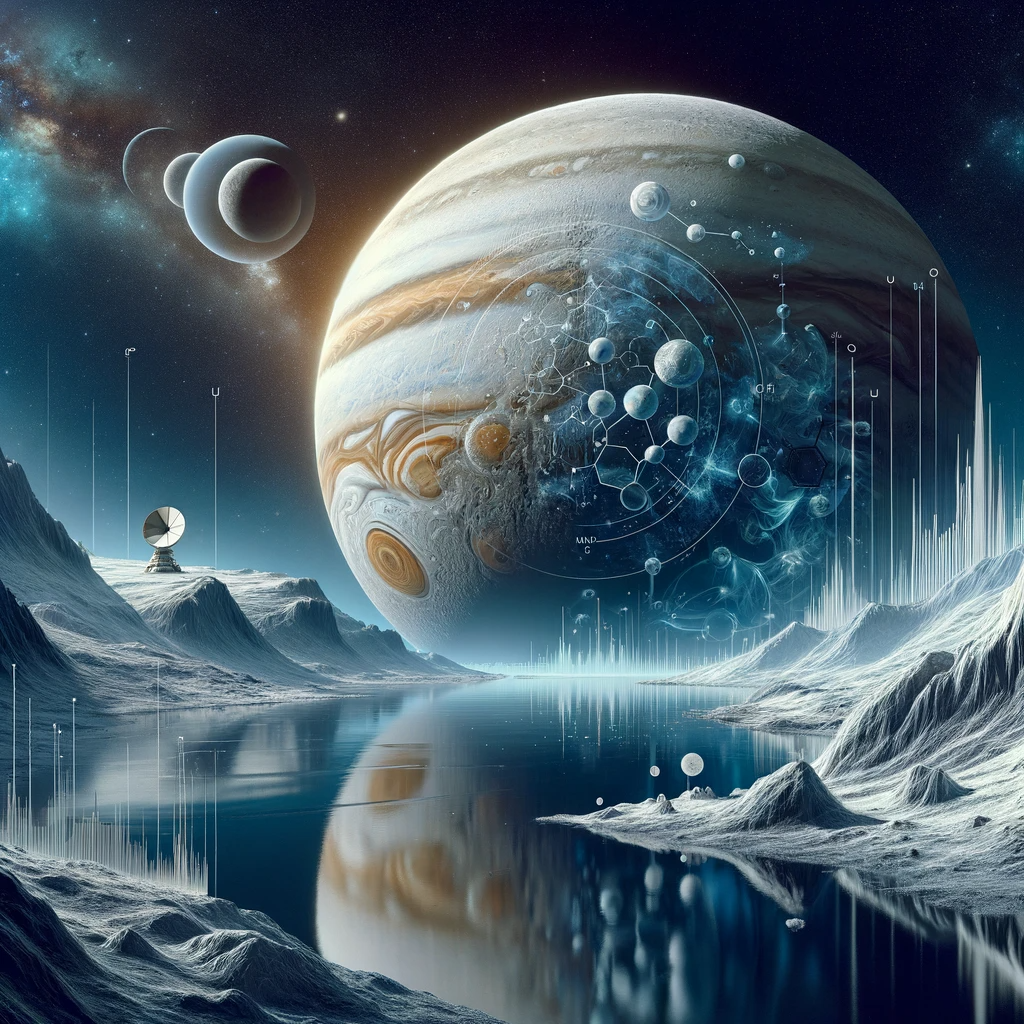Unveil the microphysical properties of Europa and Ganymede surfaces - SSW
ABSTRACTS OF ORAL PRESENTATIONS
- Removed a total of (1) style text-align:center;
UNVEIL THE MICROPHYSICAL PROPERTIES OF EUROPA AND GANYMEDE SURFACES - GUILLAUME CRUZ MERMYEuropa and Ganymede are two moons of Jupiter with strong evidence for the presence of deep reservoirs of liquid water beneath their icy crust. They are also exposed to intense space weathering due to the continuous bombardment of electrons and ions from Jupiter's magnetosphere. Their surfaces therefore appear to be the key witness for understanding endogenous and exogenous processes, and for characterizing the state and evolution of these moons. Using reflectance spectroscopy, the study of the amount of light reflected as a function of wavelength, numerous studies have already revealed a wide variety of chemical compounds associated with water ice, such as sulfates, oxidants and chlorinates, confirming that these moons are prime candidates in the search for habitability in the solar system. However, surface composition alone cannot distinguish between endogenous and exogenous processes. To do so, it is necessary to finely characterize the microphysics of the ice (volume abundance, grain size, surface roughness, porosity). Using accurate radiative transfer modeling and Bayesian inference framework, we aim at retrieving such properties. By combining the data from the Galileo/NIMS instrument at moderate spectral resolution but high spatial resolution with the recent JWST/NIRSpec very high spectral resolution data we want to produce maps of the surface microphysical properties to differentiate between endogenous and exogenous processes. |
Presentation PDF

- Removed a total of (1) style text-align:center;
- Removed a total of (2) style text-align:justify;
- Removed a total of (1) style margin:0;
- Removed a total of (1) align=center.
- Removed a total of (1) border attribute.
- Removed a total of (1) cellpadding attribute.
- Removed a total of (1) cellspacing attribute.








































 Sign in
Sign in
 Science & Technology
Science & Technology